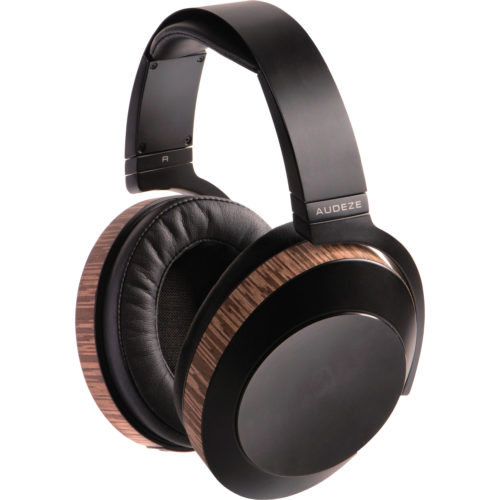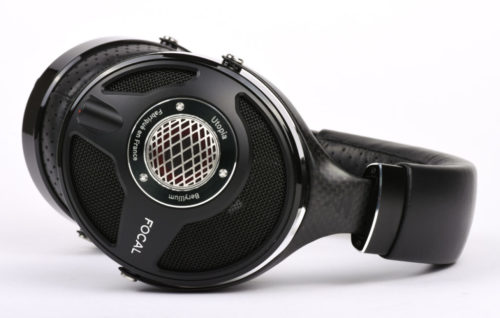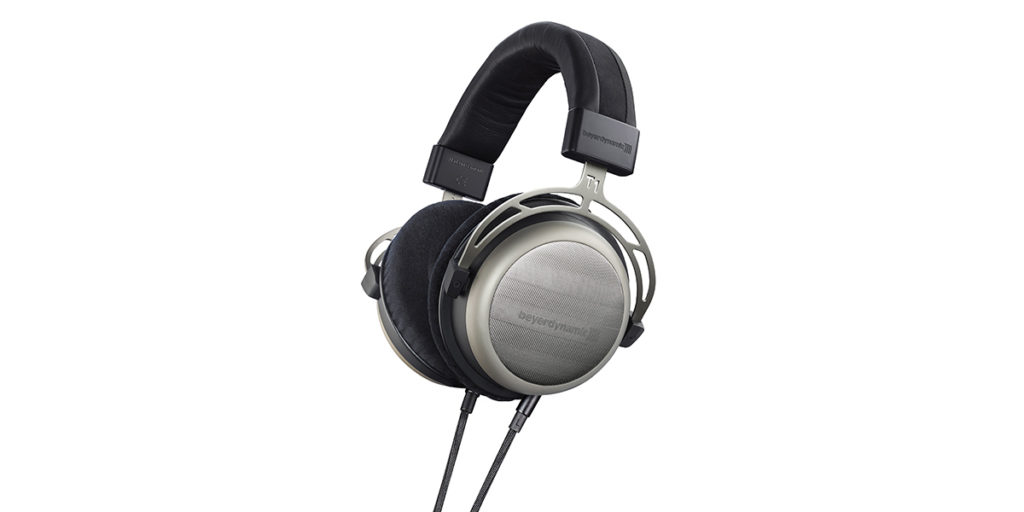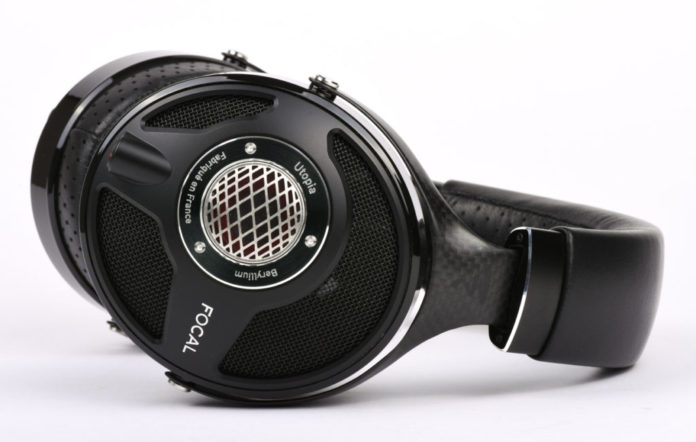An all too common recurring headphone question surrounds the big open-back vs closed-back headphones debate – which headphone is better? But, here’s the truth. Both of these headphones are great. Though, one type of headphone can trump the other when you consider the type of music you listen to and the experience you’d like to have.
First, let’s go over the physical differences between the two.
Open-Back vs Closed-Back Headphones Build

Closed-Back
Closed-back headphones feature a fully closed ear cup. There are no vents, grills, or mesh strips in the cups. They are completely sealed. This keeps sound leakage at bay and retains your music. In the reverse, noise from the outside does not seep into your ear cups. This is why closed-back headphones are great for noisy environments and commuting.
Types of Closed-Back Headphones: Audeze EL-8 Closed, Final Audio Sonorous VI

Open-Back
Open-back headphones are cans that are purposefully designed to allow for sound leakage by way of vents, grills, slits, and the like carved into the ear cups. Many of these sort of headphones are audiophile-grade and require an amp to be driven. As such, these cans are normally worn in-doors and attached to a desktop (DAC-amp) set-up.
Types of Open-Back Headphones: Focal Utopia, Grado GS2000e, Sennheiser HD 800 S

Semi-Open
Also, you may have heard of a type of headphone called semi-open back headphones. Semi-open back headphones are essentially closed headphones that feature a mostly closed ear cup with small vents for air to pass through. Subsequently, these headphones yield both pros and cons of both closed and open-back cans. Semi-open headphones retain more of your music than open-back headphones and provide better bass response. On the flip side, these headphones allow sound to leak in through the ear cups so you’d probably want these cans for home listening.
Types of Semi-Open Headphones: Beyerdynamic T1 (Second Generation) Tesla, Audeze iSINE20 Planar Earphones, AKG K240 MK II Studio
Open-Back vs Closed-Back Headphones Sound
One of the most important elements of the open back vs closed-back headphones debate is how the form changes the sound? Well, closed-back headphones are better at sealing sound inside of your ear cups. The seal traps the low-end which means better bass presence. Hip-hop, electronic dance music, R&B, and other bass-heavy genres benefit from the bass retention. The depth and accuracy of the bass will still depend on the quality of the headphone since poorly made closed-back headphones can sometimes causes the audio to sound compressed.
On the contrary, open-back headphones sound more open, airy, and less compact. As a result, some of the bass is lost (though, not completely with a pair of quality cans). Music that features multi-layering (like various sub-genres of electronic dance music) can benefit from the open-sound. Instrumentals, orchestral arrangements, jazz and the like truly benefit from an open-back design. The open form literally opens up the sound stage and allows the music to breathe. The spatial recreation is makes for a premium unmatched experience.
P.S. Open-back and closed-back headphones can be found in a variety of fits (over-ear, on-ear, and even in-ear in some cases).
I hope this article cleared up any questions you had regarding the great debate on open-back vs closed-back headphones. If not, let us know what else you’d like to know down below.
MAJORHIFI may receive commissions from retail offers.








